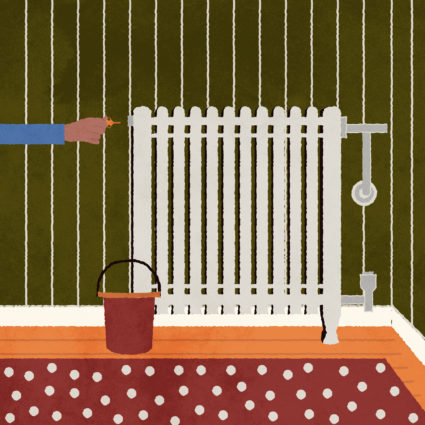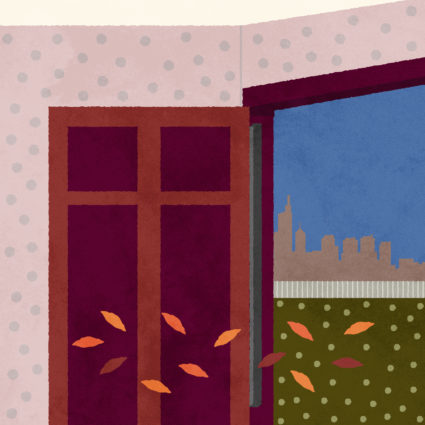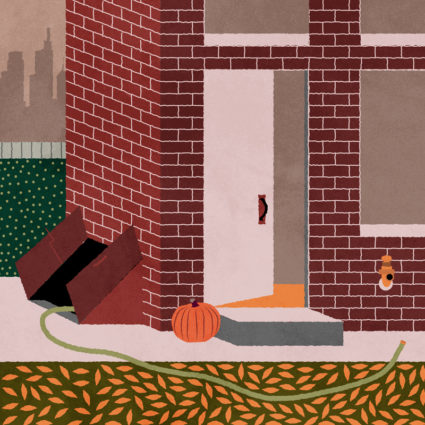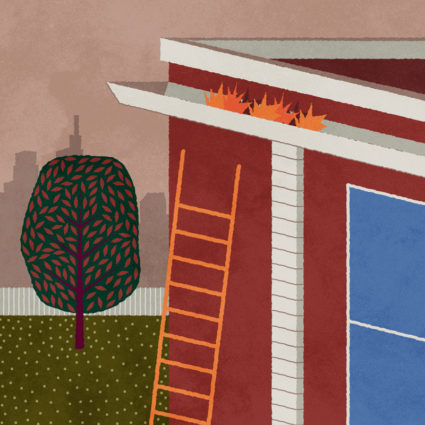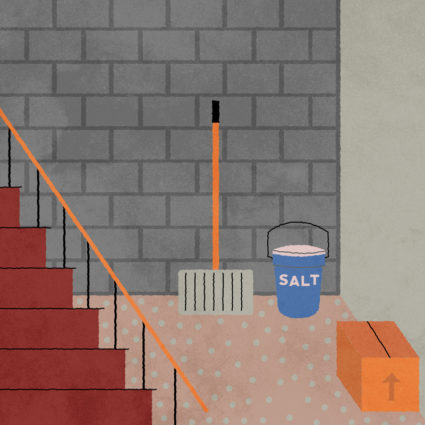It’s officially the first day of fall – the perfect time for pumpkin spice lattes, haunted hayrides, and fall home maintenance. While it might take a little more time for the weather to start cooling down, winter is just around the corner, and being prepared can save you time and money. We know managing the care and upkeep of a property is no easy task. Homes require ongoing supervision and maintenance to ensure that everything is working properly but there are some simple things you can do to prevent unexpected and costly repairs during the winter months. Our fall home maintenance checklist includes simple tips to ensure you’re prepared and your home runs smoothly during the winter months ahead.
Schedule Furnace or Boiler Maintenance
Home heating systems involve many complex components. Just like you would change the oil or air filters in a car before a long trip across the country, homeowners should start the winter with a serviced heating system. We recommend contacting a certified heating contractor. An annual service visit usually runs around $100 in the Philadelphia area, while the peace of mind that comes with knowing that a trained professional has given one of your most expensive home mechanical systems a passing grade is priceless. However, for the intrepid DIY-er, we recommend at a minimum, changing the filters for a forced-air heating system, bleeding the radiators for a boiler system, and checking the batteries on your digital thermostat.
Apply Caulk and Weatherstripping to Prevent Drafts
Keep the warm air inside and the cold air outside by checking to ensure that the weatherstripping around your doors is in good shape. Repair or replace damaged caulk or weatherstripping. Even small gaps can bring in a good amount of cold air. Installing door sweeps in your home this fall can also prevent chills from entering the home through the slim space beneath the door. If you have older windows in your home, you may want to consider picking up a window insulation kit and covering them with plastic insulation. The process takes about ten minutes, a pair of scissors, and a hairdryer, and can keep you feeling cozy all winter long.
Drain the Hose and Shut off the Water Line
For homeowners with gardens, it’s important to prevent freezing the pipes which supply the hose line. Shut off the access to the hose (in Philadelphia, most water lines are accessed in the basement). Then drain the remaining water and disconnect the hose and bring it inside for the winter.
Empty Flower Pots and Prune Trees
While you’re outside, take some time to empty the soil from your ceramic pots. Rapidly cooling and rising temperatures, which are common during Philadelphia winters, can cause cracking in all sorts of things (roads especially). Protect your pots so you can use them for spring flowers by clearing out the soil and trimming your trees one last time before the winter months.
Clear Gutters and Drains
For homeowners living in neighborhoods with even a moderate amount of tree cover, it’s important to make sure that gutters are cleared of leaves and debris. A buildup in your gutters can cause issues with the roof (flat roofs in particular) or cause water to spill over the gutter and freeze on the sidewalk, creating a tripping hazard. Also, for homeowners with drains in their front or back yards, it’s important to look and make sure they’re clear of debris. A blocked yard drain can turn your backyard into a skating rink and contribute to clogs in the drain line. You may also want to consider installing gutter guards. While it won’t completely eliminate the need to clean your gutters, they prevent larger items from falling in and can reduce the frequency in which you’ll need to clear them.
Inspect and Replace Winter Supplies
Don’t forget to replace old snow shovels, ice scrapers and purchase ice melt before the snowy weather arrives. We recommend seeking out a pet-safe ice melt as some can cause irritation and other issues for our furry friends. If you use a snowblower during the winter, now is the perfect time to inspect it and make sure it’s running smoothly.


